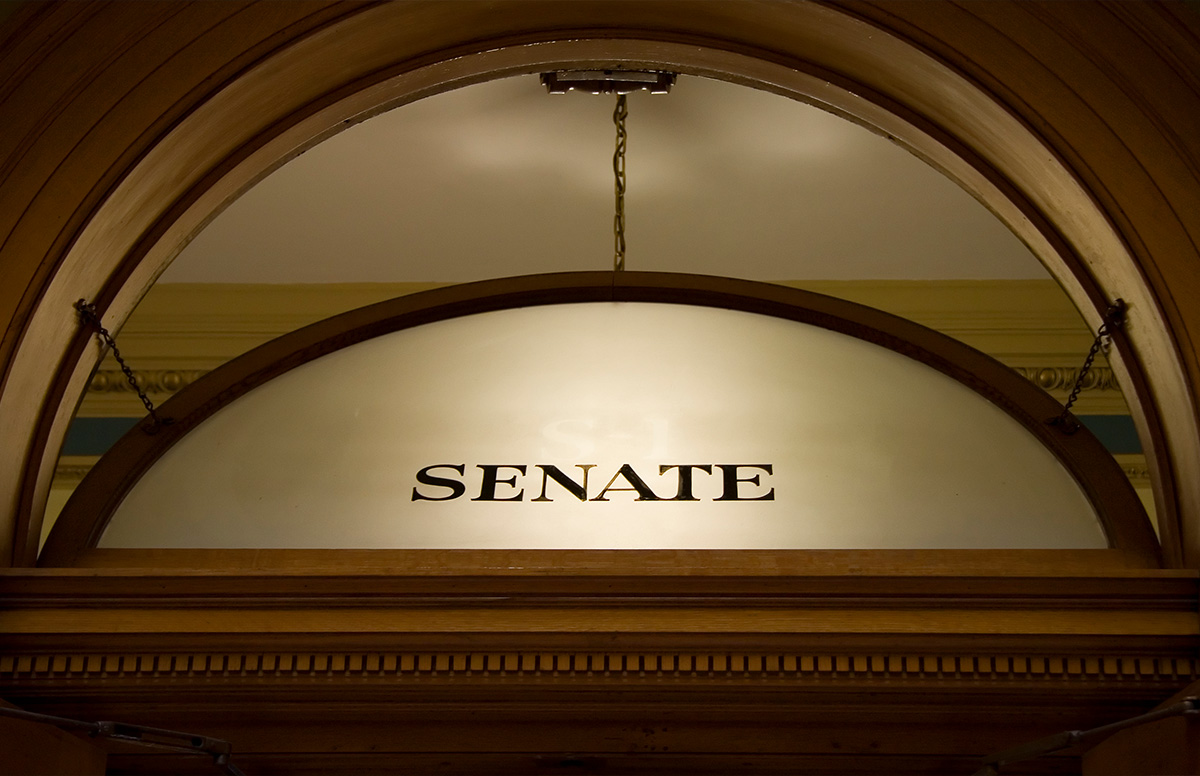On April 2, Senate Committee on Budget Chair Lindsey Graham (R-SC) unveiled a budget resolution comprised of elements of previously passed House and Senate budget resolutions. Chair Graham and other Senate majority leaders are hopeful the measure will pass the Senate in the coming days so the House can consider it before a two week recess begins on April 11. Dramatic cuts to Medicaid and threats to tax-exempt bonds remain stark possibilities under the new version of the resolution.
The resolution punts decisions to resolve major differences between the respective House and Senate resolutions and their chambers’ overall approaches spending offsets until later in the year. The Senate hopes to determine the cost of extending the 2017 tax cuts, which expire the end of this year, on a “current policy” basis. This tactic holds that, since these tax cuts are in place today (i.e., they are “current policy”) then their extension has no cost and, therefore, need no offsets to not increase the federal deficit. How much to offset other of the resolution’s costs, such as up to $1.5 trillion in new tax cuts and $175 billion for deportations and border security, will continue to be up for debate. The resolution would instruct certain Senate committees to identify $5 billion in savings over 10 years as offsets while instructing House committees to identify at least $1.5 to $2 trillion in savings over 10 years.
At this stage, having different instructions is possible. However, at a certain point, the recommendations from House and Senate committees responding to the very different instructions they are given must be negotiated and formed into a single omnibus reconciliation act. Until this negotiated reconciliation act passes both chambers, advocacy to protect Medicaid and tax-exempt bonds are of paramount importance as these are high on the list of possible programs to cut to meet savings targets.
While Senate leaders are confident the resolution will pass the Senate, the most fiscally conservative House members have called foul on the “current policy” scoring approach, which could be used to extend the 2017 cuts without paying for them. “I can’t imagine any world where deficit hawks in the House would ever walk away from the reconciliation process with the deficit going up at the rate it would with that framework,” House Budget Committee Chair Jodey Arrington (R-TX) said about the “current policy” approach. “I would have tremendous concern.”
Keep up on the latest developments via our Budget Reconciliation 2025 serial post.
Take action to protect Medicaid and tax-exempt bonds with this action alert.

 Shutdown Week Three: Impact of Ongoing Closure on Affordable Housing
Shutdown Week Three: Impact of Ongoing Closure on Affordable Housing CY 2026 Home Health Final Rule: Advocacy Leads to Much-Reduced Cut
CY 2026 Home Health Final Rule: Advocacy Leads to Much-Reduced Cut


